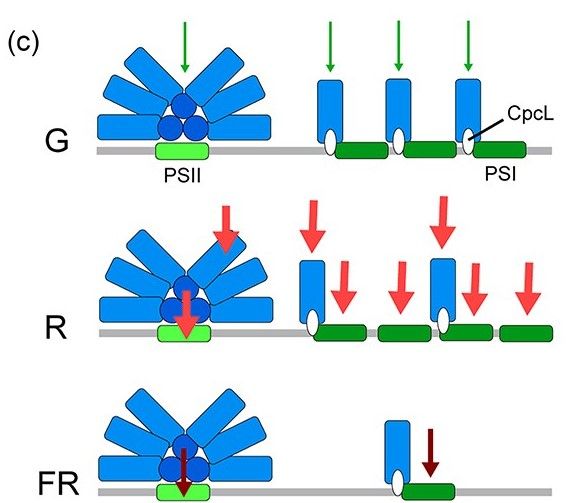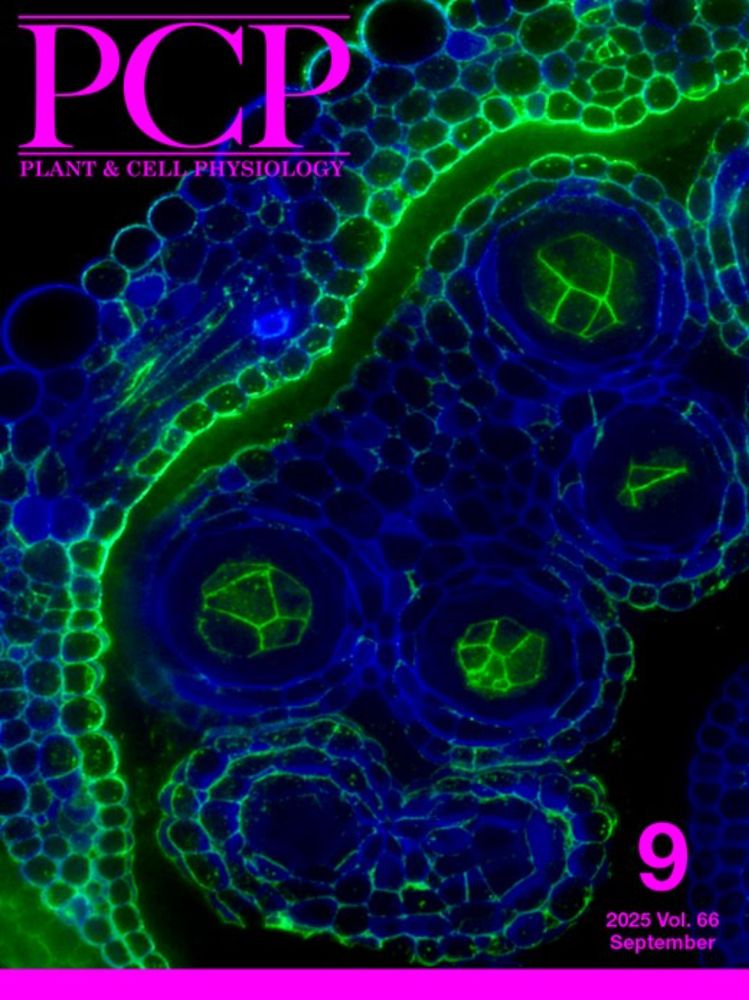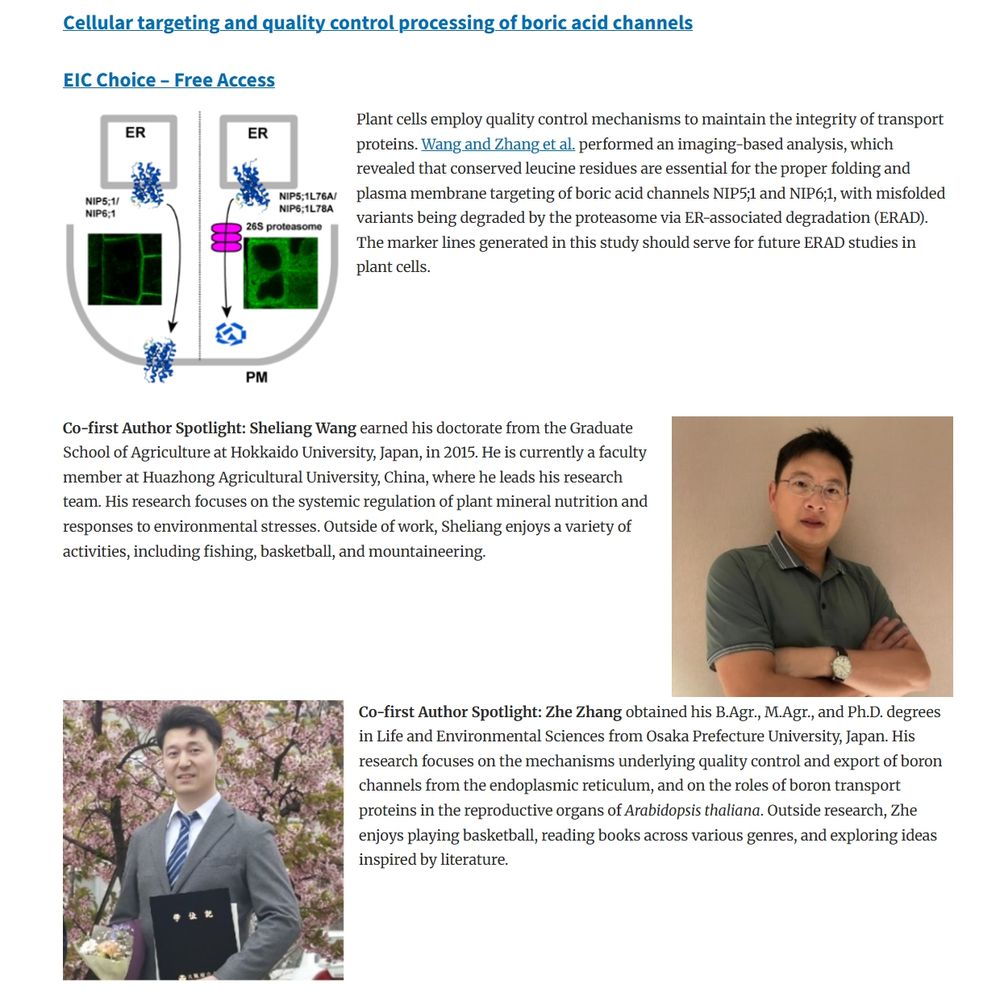Plant & Cell Physiology
@plantcellphysiol.bsky.social
2.1K followers
290 following
200 posts
Plant & Cell Physiology (PCP) – an academic society journal supporting the plant science community #OUP #JSPP
Follow us on Bluesky for news and updates from the journal.
Website https://academic.oup.com/pcp
E-mail: [email protected]
Posts
Media
Videos
Starter Packs
Reposted by Plant & Cell Physiology
Reposted by Plant & Cell Physiology
Reposted by Plant & Cell Physiology
Reposted by Plant & Cell Physiology




















![Figure 1 showing 8 graphs (labelled a-h) that demonstrate the different light response curves of PSII and PSI parameters in the leaves of WT and aox1a before and after 2 h-HL treatment. ETRII (a and b), the fraction of open PSII center (qL; c and d), the regulated energy dissipation of PSII center [Y(NPQ); e and f], and the non-photochemical quenching due to donor side limitation of PSI [Y(ND); g and h].](https://cdn.bsky.app/img/feed_thumbnail/plain/did:plc:yuyy2kk234nd4t3nbxelx7kd/bafkreialnljwmjorhyk7vshe2vjhefb5pktya6nwofo5ycewelslogcrom@jpeg)
